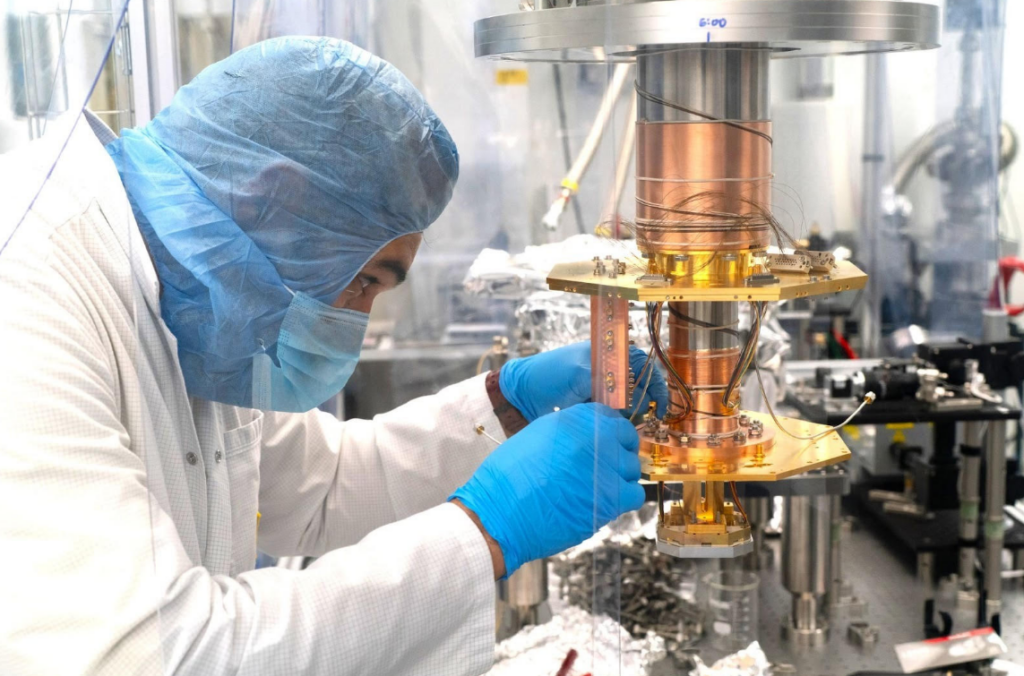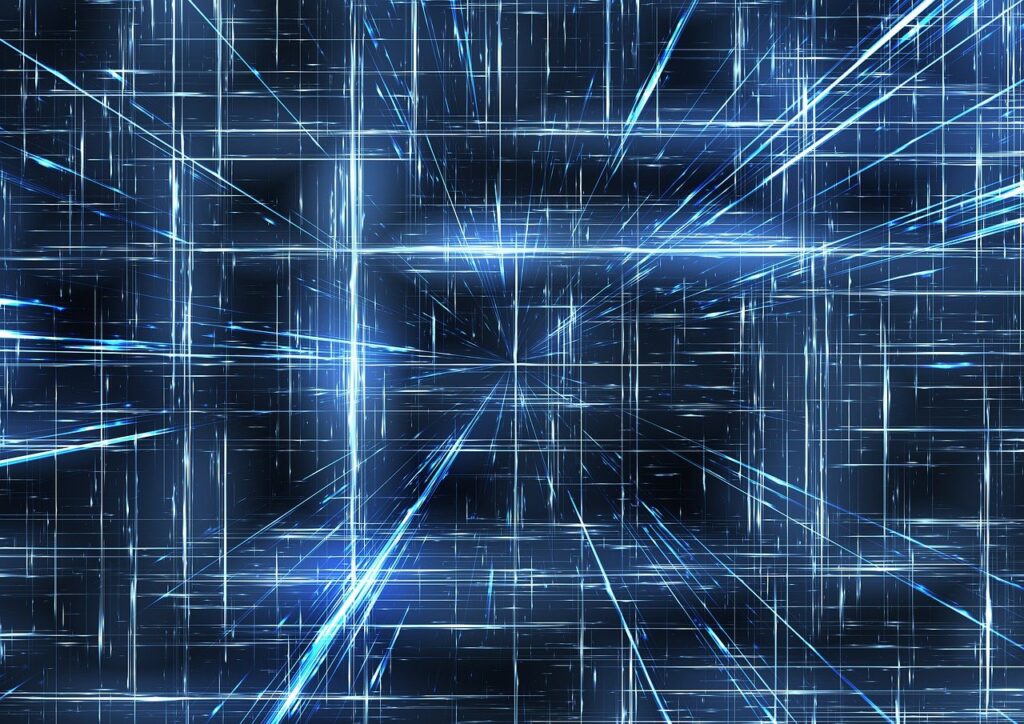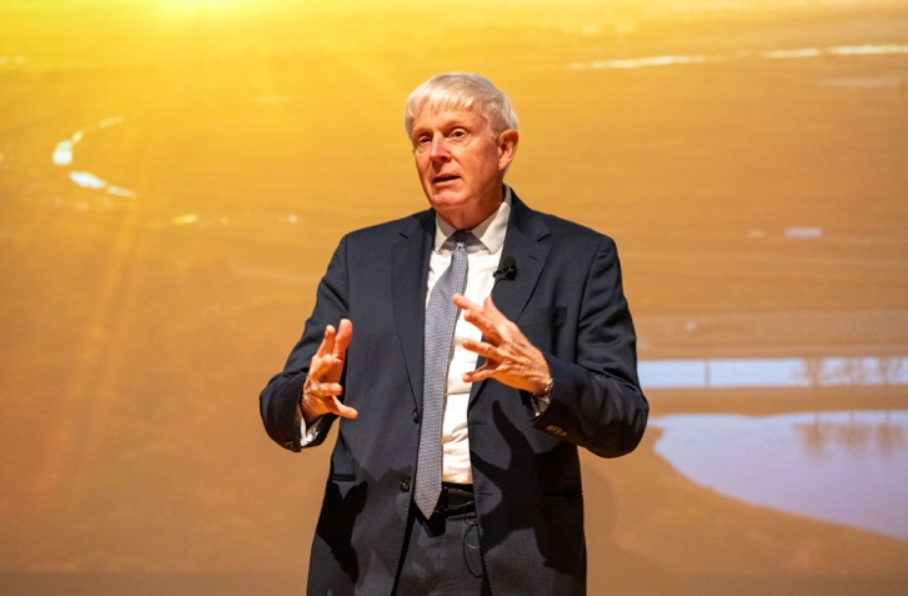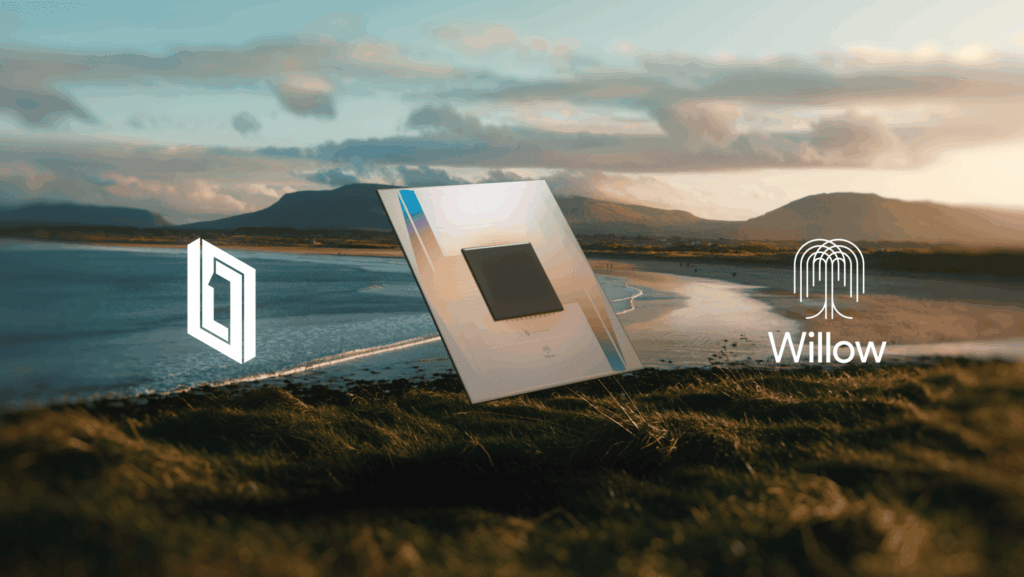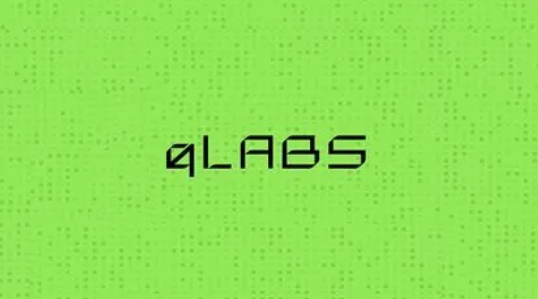Insider Brief
- Researchers at the University of Technology Sydney have demonstrated through modelling that quantum entanglement can be transmitted from Earth to satellites, overturning the assumption that “uplink” quantum communication was unfeasible.
- The study found that firing entangled photons from ground stations to orbiting satellites could enable stronger, more practical quantum links by leveraging higher ground-based power and simpler maintenance.
- The uplink method could pave the way for scalable, high-bandwidth quantum networks connecting quantum computers via low-cost, low-orbit satellites, forming the basis for a future global quantum internet.
- Photo by SpaceX on Unsplash
PRESS RELEASE — Quantum satellites currently beam entangled particles of light from space down to different ground stations for ultra-secure communications. New research shows it is also possible to send these signals upward, from Earth to a satellite; something once thought unfeasible.
This breakthrough overcomes significant barriers to current quantum satellite communications. Ground station transmitters can access more power, are easier to maintain and could generate far stronger signals, enabling future quantum computer networks using satellite relays.
The study, Quantum entanglement distribution via uplink satellite channels, by Professor Simon Devitt, Professor Alexander Solntsev and a research team from the University of Technology Sydney (UTS), was recently published in the journal Physical Review Research.

China launched the Micius satellite in 2016, which enabled the first experiments with the transmission of quantum-encrypted information from space. In 2025, the Jinan-1 microsatellite extended this progress with a 12,900 km quantum link between China and South Africa.
“Current quantum satellites create entangled pairs in space and then send each half of the pair down to two places on Earth – called a “downlink”, said Professor Solntsev. “It’s mostly used for cryptography, where only a few photons (particles of light) are needed to generate a secret key.”
The reverse idea, where entangled photon pairs are created on the ground and sent upward to a satellite, hadn’t been taken seriously. It was thought that an “uplink” approach wouldn’t work due to signal loss, interference and scattering.
“The idea is to fire two single particles of light from separate ground stations to a satellite orbiting 500 km above Earth, travelling at about 20,000 km per hour, so that they meet so perfectly as to undergo quantum interference. Is this even possible?” said Professor Devitt.
“Surprisingly, our modelling showed that an uplink is feasible. We included real-world effects such as background light from the earth and sunlight reflections from the Moon, atmospheric effects and the imperfect alignment of optical systems,” he said.
The researchers suggest the uplink concept could be tested in the near future using drones or receivers on balloons, paving the way for future quantum networks across countries and continents using small low-orbit satellites.
“A quantum internet is a very different beast from current nascent cryptographic applications. It’s the same primary mechanism but you need significantly more photons – more bandwidth – to connect quantum computers,” said Professor Devitt.
“The uplink method could provide that bandwidth. The satellite only needs a compact optical unit to interfere incoming photons and report the result, rather than quantum hardware to produce the trillions upon trillions of photons per second needed to overcome losses to the ground, allowing for a high-bandwidth quantum link. That keeps costs and size down and makes the approach more practical.”
“In the future, quantum entanglement is going to be a bit like electricity. A commodity that we talk about that powers other things. It’s generated and transmitted in a way that is often invisible to the user; we just plug in our appliances and use it. This will ultimately be the same for large quantum entanglement networks. There will be quantum devices that plug into an entanglement source as well as a power source, utilising both to do something useful,” he said.
The project brings together experts from the UTS Faculty of Engineering and IT and the Faculty of Science, combining strengths in quantum networking, systems modelling and photonics. It highlights how cross-faculty collaboration at UTS is driving solutions to major technology challenges.












